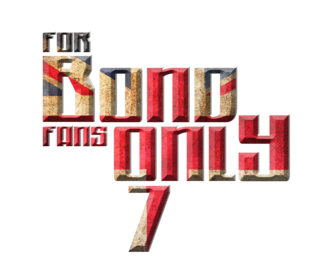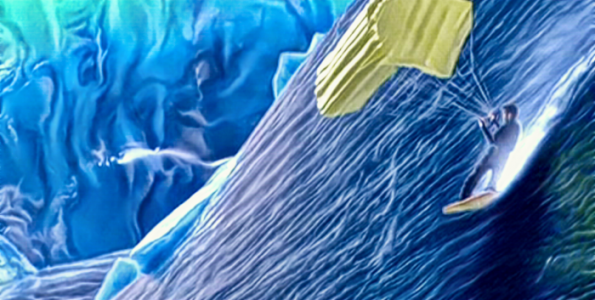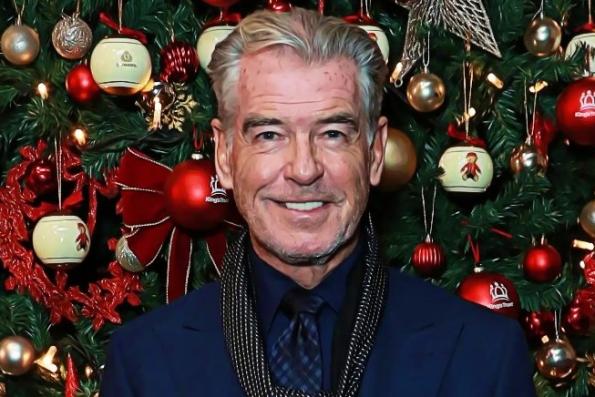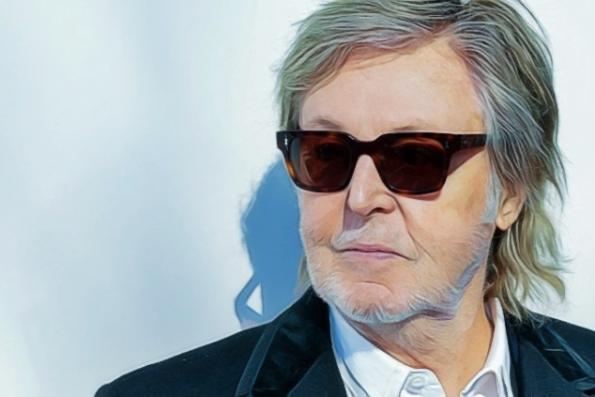The joy of SFX
The quality of film special effects is getting better all the time, right?
Advancing technology means that the boundaries of what is possible are constantly being pushed back. Although this doesn't necessarily translate into greater verisimilitude and visceral excitement.
Looking through the Bond back catalogue with this question in mind is fascinating, and it leads to an intriguing question: Which 007 flick has the best (or indeed worst) special effects?
Before getting to that, I think it's important to consider what makes a good special effect. I can't help thinking that in an ideal world, the range of techniques that this term encompasses would not exist at all, and everything would be filmed 'for real'. They are necessary to bring to the screen some spectacle that would otherwise be too risky or expensive to film.
In You Only Live Twice, the producers would ideally have found an actual hollowed-out volcano, filled it with Blofeld's lair, and a real space rocket bought from NASA. As it turned out, Ken Adam was able to knock up a very convincing substitute (apart from the rocket's rather puny afterburner) on the backlot of Pinewood Studios for a relatively cheap one million dollars.
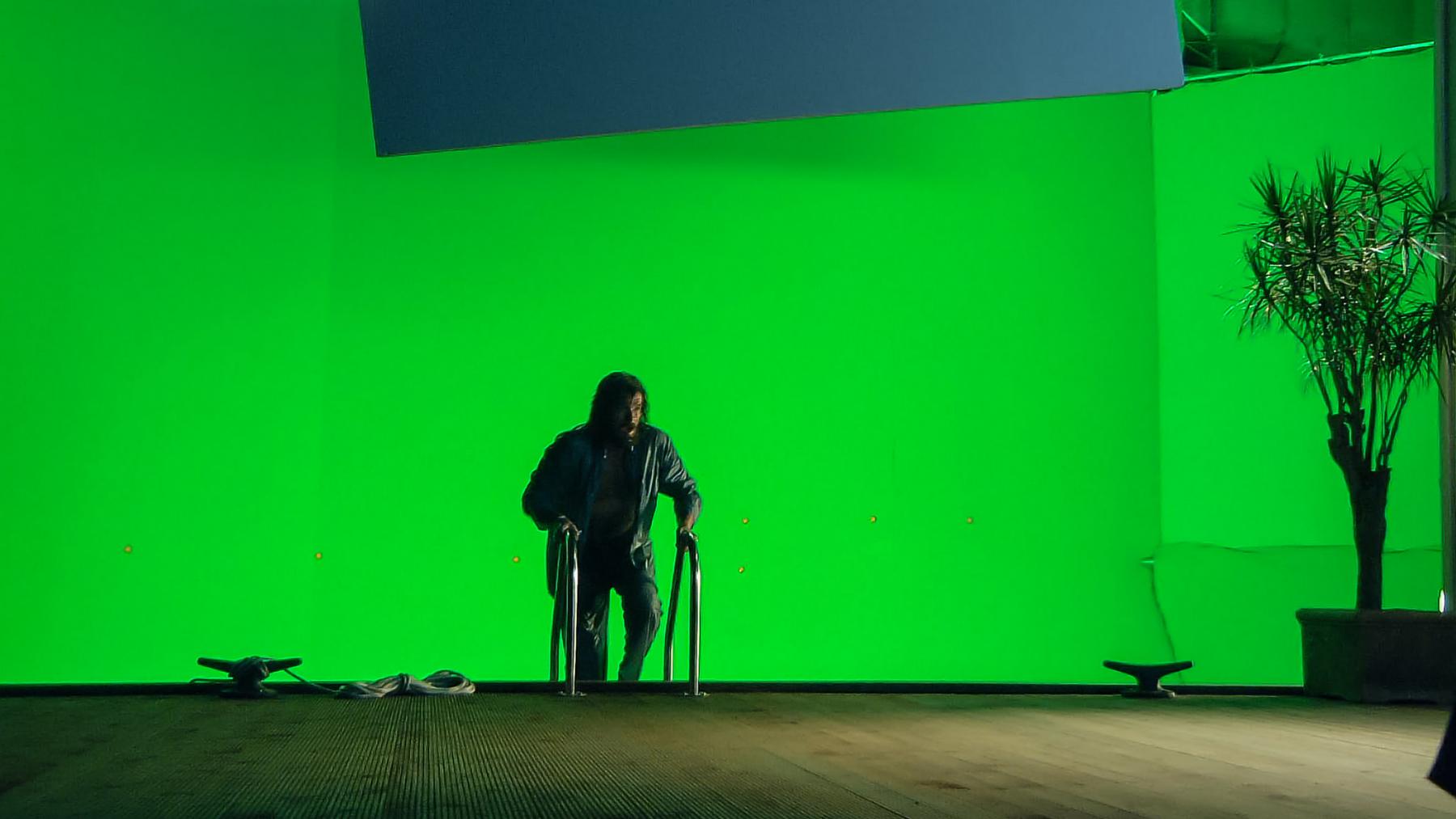
In any case, the swallowing-up of spacecraft entered the realms of science fiction for the time, which no amount of money could have achieved. Some special effects, such as the use of back projection in scenes set in cars, are used to cut corners, or at least that's how it comes across to the viewer.
This cutting of corners seems especially prevalent in the earliest films in the series. In Dr No, much of the excitement of the chase between Bond's Sunbeam Alpine and the hearse driven by the 'Three Blind Mice' is sapped. Sean Connery is clearly sitting in a studio, a view reinforced in the minds of sharp-eyed viewers who notice that the colour of the dashboard changes from shot to shot.
Even as late as The Living Daylights in 1987, when unconvincing effects had almost been obliterated, we see Bond and Kara sitting in an Aston Martin Volante with what is obviously a painted backdrop of Bratislava rolling in the background.
I can cope with small blips like this when the really awe-inspiring stunts are done for real. Sticking with The Living Daylights, this would include the subsequent chase where the Aston lasers a Lada in two, blows up a roadblock and is then turbo-boosted into oblivion. Later in the film, the stunt work involved when Jake Lombard and B.J. Worth hang on to the cargo net of a plane in mid-air is truly thrilling. The insert shots of the actors suspended a few feet above some papier mache hills don't detract too much. The model work involved when the plane crashes succeeds because it's impossible to tell that it wasn't done for real.
In other cases, the balance seems to tip too far the other way. For me, the cable car sequence in Moonraker is rendered rather dull by the over-use of poor back projection, which is a real shame given that stuntman Richard Graydon was clinging on for dear life without a safety harness. It's doubly disappointing because when I think about this film and the effects used in it, I remember this scene just as much as I recall the brilliantly-rendered space sequences, which still stand up to scrutiny to this day.
This gets me back to my opening gambit about whether special effects have got better over time. I'd argue that it is not always the case, and to illustrate I'd like to cite another scene from 1979's Moonraker — the opening sequence where Bond apparently "falls out of an aeroplane without a parachute", as he explains later to a disbelieving Miss Moneypenny.
No matter how often I see it, I'm never failed to be impressed by the stunt work, which again comes courtesy of Messrs Worth and Lombard. The insert shots of Richard Kiel trying to bite Roger Moore's leg do not dull the excitement, mainly because they're kept to a minimum.
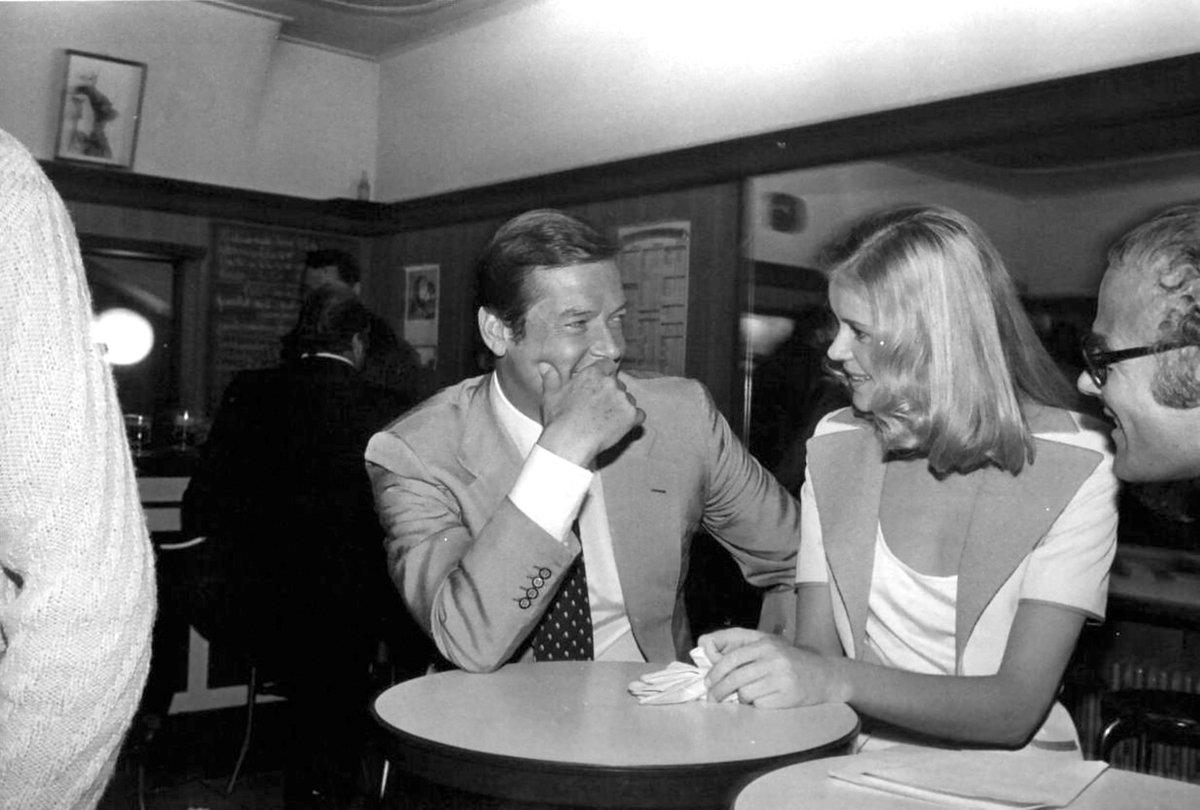
Compare and contrast this with a very similar scene from 2008's Quantum of Solace, where Bond and his female companion must bale out of a DC-10 with only one chute between them. This time, rather than film an actual parachute jump, it appears that the actors have been filmed in a simulator that emits air at high speed. For me, the results are nowhere near as exciting.
So, which Bond film has the best special effects? Or to put it another way, which is least marred by unconvincing ones? Well, having given it a good deal of thought, my vote goes to 1973's Live and Let Die. Why? Because everything in it is either done for real or what appears to be real. Roger Moore drives cars and boats himself, so the movie is entirely devoid of unconvincing back projection or insert shots.
The only possible exception is the small scene where Leiter and Quarrel Jr. see Bond off on a dinghy to visit San Monique. Not bad for a film that is over forty years old. An honourable mention goes to 2006's Casino Royale, which plays it relatively straight, though I do detect a bit of CGI in some shots of the disintegrating palazzo.
I'm afraid the worst offender is much easier to identify. The Razzie goes to 2002's Die Another Day, and in particular the much-maligned parasailing sequence set in Iceland where it is painfully evident that the image of Bond himself is computer-generated. Not only is the scene devoid of excitement, but it's embarrassing to watch. Thankfully, the producers learned from this, and subsequent films have been much lighter on, though not entirely devoid of, CGI.
This ongoing learning process means that in general, the quality of effects have improved over time, but I hope that I've made the case that when it comes to the Bond series, and just like a facelifted Roger Moore in A View to a Kill, older can be better.
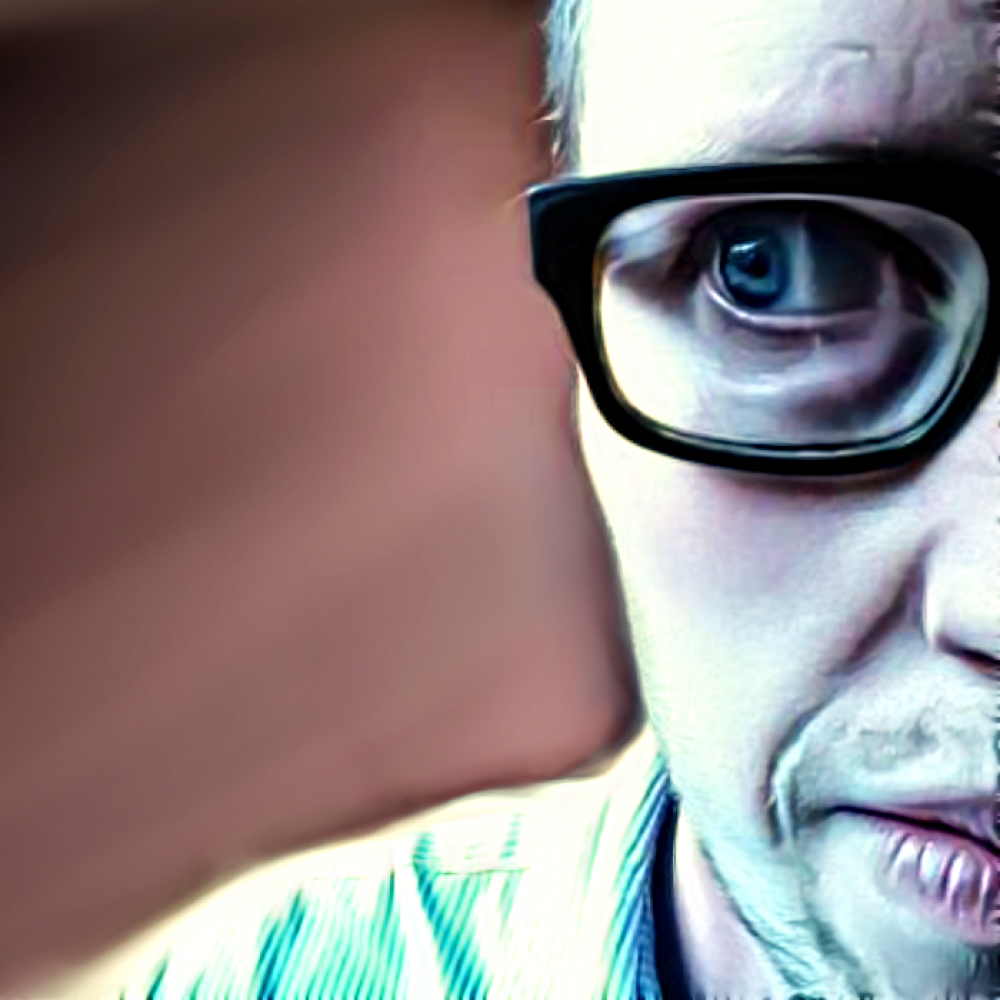
David Crosbie
David lives in Leeds and has been a 007 fan for more years than he cares to remember. When not working as a mild-mannered market researcher, he enjoys musing on all aspects of the Bond universe.
